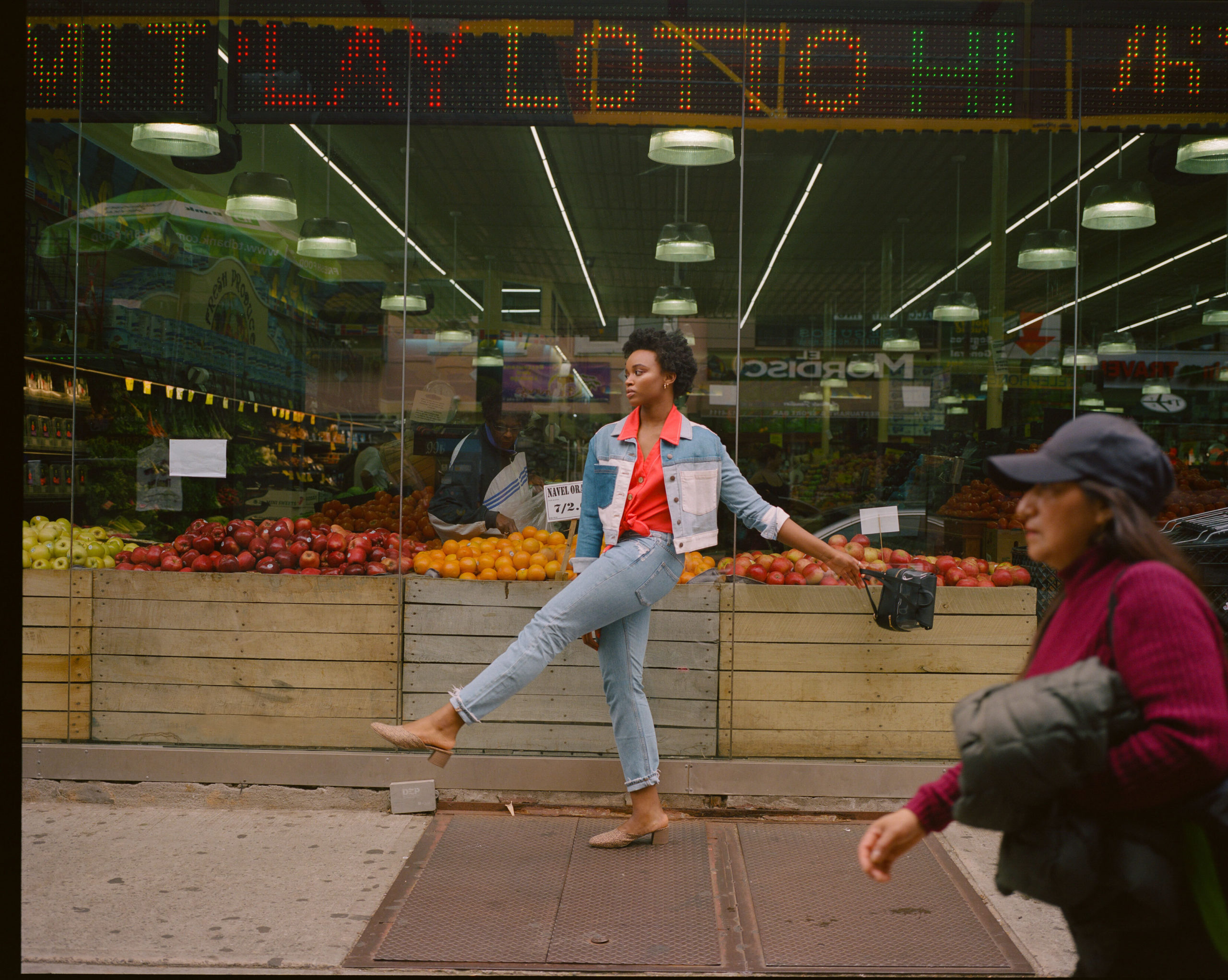Wallet Woes
Let’s face it: despite high hopes for the next iteration of the Roaring 20s, life post(?) pandemic has failed to deliver on its gilded age promise. Young people are re-emerging into the world only to face new social and economic strains: inflation at an all-time high, a recession looming on the horizon, and climate change a hot topic worldwide.
When it comes to spending money, 77% of young people globally are pausing to ask themselves, “Do I really need this?”
We are entering an era of slow-consumption. Rather than chasing trends, young people are making purchase decisions with a conscious consideration of the price, value, and footprint a brand comes with. They are checking in with themselves before checking out with a purchase, and brands must understand what’s on their minds as they approach the point of purchase.
The Next Phase of Shopping & Retail: Our Research
VICE Insights conducted an online survey with our youth audience around the world. We heard from 1,000 Gen Z and Millennials across North America, APAC, and EMEA, and cross-referenced the findings with previous proprietary research and current shopping content performance.
The research unveiled four key check-ins at checkout, each of which prompt mandates for brands to maintain relevance with young consumers through the next not-so-gilded era.

Check-in #1: How will I use this?
“[I’m also paying more attention to] the bang for my buck – if I can use it for multiple things,” – Millennial, Man, North America
Throughout the pandemic, young people were willing to pay for glimmers of hope to brighten dark days. But now, they are getting practical with their purchase decisions. The number one question young people are asking themselves is: “How much use will I get out of this?” (1.5x more often than asking, “How much joy will this bring me?”).
Brand Implication #1:
To be worth the cost, brands must be clear about how often, in how many ways, or for how long their product can be used. Showcasing the durability and versatility of a product or service will help consumers envision how it fits into their lives and delivers value over time.
Check-in #2: How good do I feel about this?
“[I’ve been paying more attention to] what it’s made of, if parts of it (packaging included) are recyclable, who created the brand and their views on all issues (human rights, climate, not being silent).” – Millennial, Nonbinary, NA
The products young people choose don’t just satisfy their personal needs. They signal who they personally are. A cruelty-free lotion, for example, may moisturize their hands, but it also subtly informs anyone they share it with that they care about the treatment of animals.
1 in 4 young people are now paying more attention to what a brand says about them before making a purchase. And they’re determining what a brand represents based not only on what it says, but on what it does. Young people are 2x more likely to pay attention to who/where/how a product was made, than to its mission or purpose.
Brand Implication #2:
It isn’t enough for brands to identify a bigger purpose in the world. They have to back their ambition with action. Consumers want to know who’s behind the products they purchase, where their items are coming from and how they’re being produced. Sharing these backstories with young people will help them feel more comfortable getting behind the brand and singing its praises.
Check-in #3: What impact will this have?
“If I am buying online, I make sure to research the effects of the brand on the local community. I also bear in mind things like plastic usage, and low quality clothes using large amounts of water and fuel. I make sure that my purchases last a long time.” – Gen Z, Woman, APAC
When we were designing this research, I met with our Affiliate team (the Editors behind the scenes of VICE’s Rec Room and Refinery29’s Most Wanted) to hear their burning questions as they curate products for young consumers. One of their biggest curiosities was: “How do young people define sustainability? We know they care about the environment, but how do they determine what makes a product environmentally friendly?”
It turns out that young people aren’t just looking for brands to have good practices regarding sustainability. They’re also looking for brands that give them a role to play. The top things that make a product “sustainable” in consumers’ eyes are: (#1) The use of recycled materials and (#2) the ability to recycle the packaging.
Brand Implication #3:
Brands don’t just impact the purchaser; they impact the planet. From the resources tapped to the landfills topped, every purchase has a footprint and consumers are paying keen attention to it. Young people want to know how they can help. Brands that create roles for consumers to recycle or repurpose materials, or educate consumers on their eco-conscious business practices, will win with young people.
Check-in #4: What experience does this come with?
“I love when I receive an experience as a gift from family/friends (broadway tickets for the both of us, ballet and dinner night scheduled for months later, escape room, etc.).” – Gen Z, Woman, North America
After over two years in various stages of lockdown, experiences will never be taken for granted again. Despite inflation and a looming recession, 66% of young people say, “Social experiences will always be worth it to me.”
Young people seek experience in everything they do – from the gifts they give to the places they go to buy things. For Gen Z especially, the store offers them both a place to purchase and a place to peruse. 44% of Gen Z have been shopping more in person this year than they have in years past, and 36% have been discovering more products in stores while they’re at it.
What makes a memorable in-store experience largely depends on the people they can share it with. Young people say the #1 thing that creates an in-store experience they’d want to return to is ‘the customer service,’ and 1 in 4 Gen Z say ‘the ability to share it with others.’
Brand Implication #4:
Youth’s heightened appreciation for people and places will help the experience economy override the effects of inflation. Brands can access this unwavering demand by showcasing the experience surrounding their product. Retailers must also remember ways in which their store is not just a point of checkout, but a space to check out, linger in, and enjoy.
_________________
These insights were gathered via an online survey to Gen Z & Gen Y members of VICE Insights proprietary research communities, VICE Voices and Mad Chatter. To request a presentation of the full report ‘Check Ins At Checkout’ contact us at insights@vice.com



